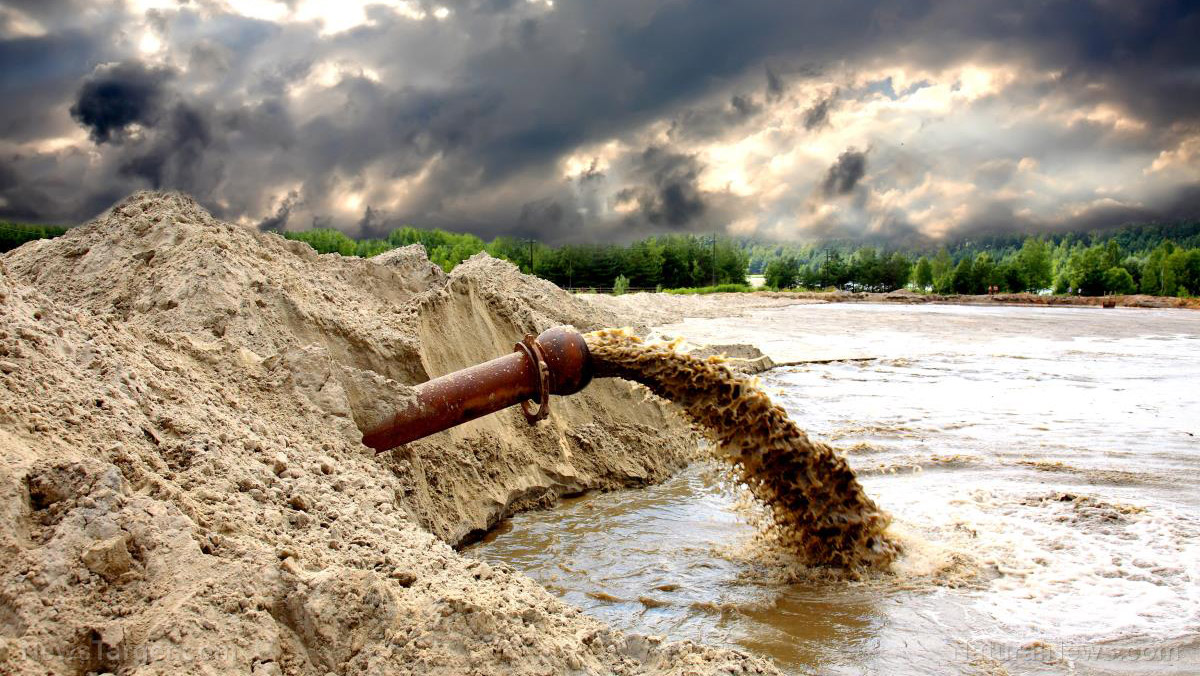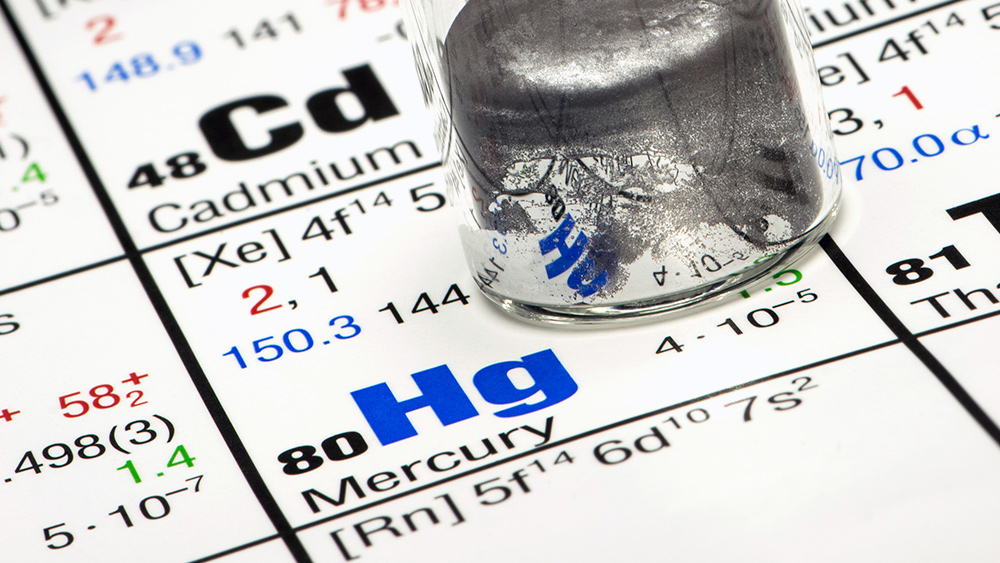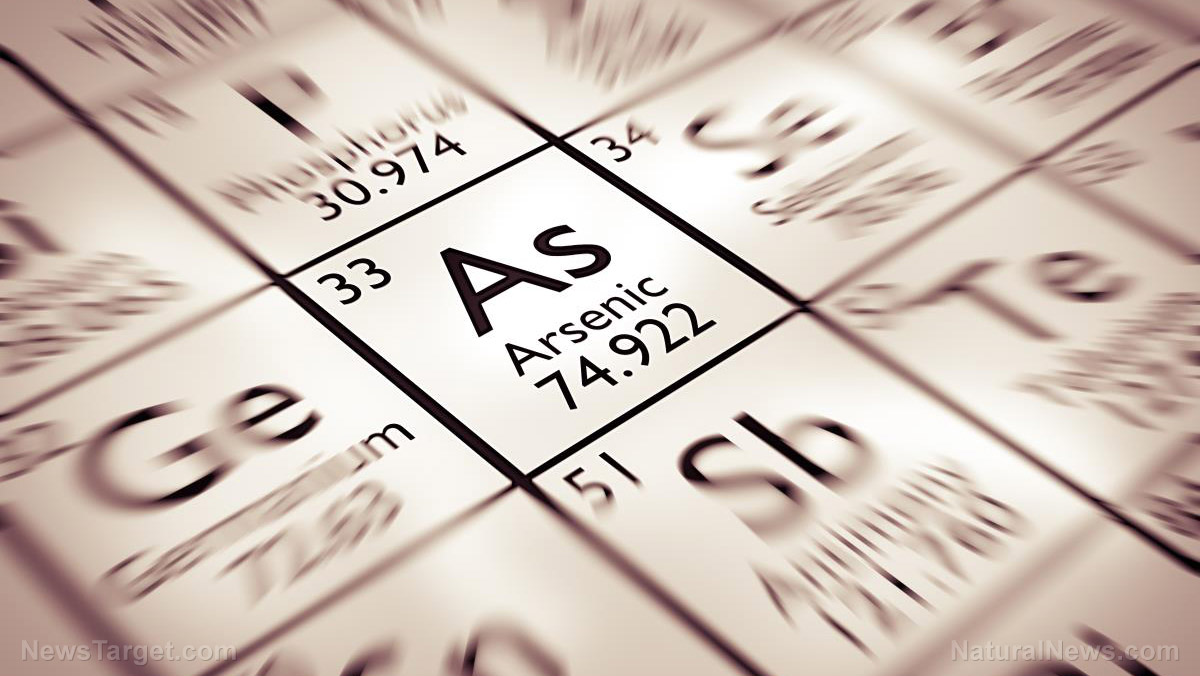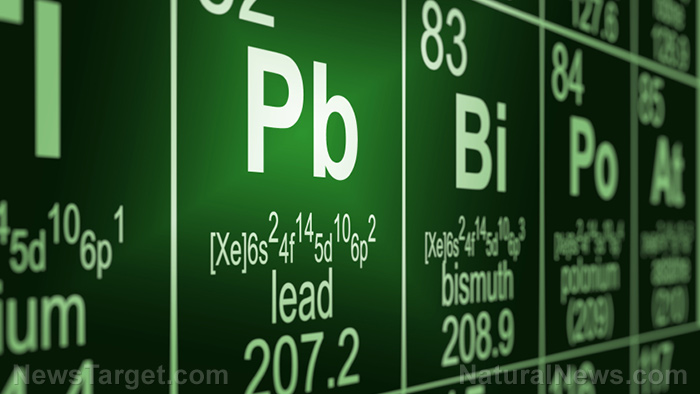Cleaner water with nanoparticles: Toxic metals such as cadmium can be removed from freshwater safely with this innovative application
11/03/2017 / By Frances Bloomfield
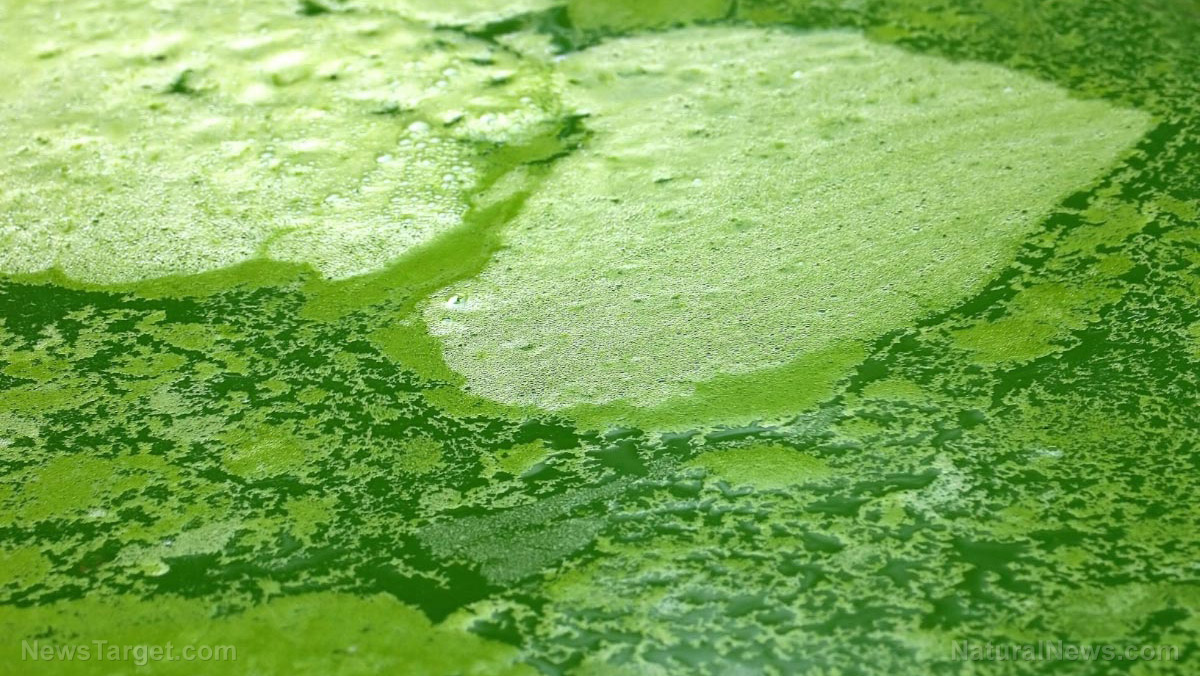
Nanotechnology has a multitude of environmental uses, and researchers from the University of California, Santa Barbara have discovered another one. They found that sulfurized nano-zero-valent iron (FeSSi) could be used to remove cadmium toxicity from freshwater.
According to ScienceDaily.com, the researchers came to this conclusion after simulating a rain event that washed toxic soil materials into a waterway. Specifically, they dosed Chlamydomonas reinhardtii, a type of single-celled freshwater alga, with cadmium-infused FeSSi. They then took measurements after waiting for an hour.
The researchers noted that the FeSSi particles removed well over 80 percent of the water-based cadmium within the hour. Although effective, the FeSSi particles turned out to be several times more toxic after exposure to cadmium. Fortunately, the freshwater alga provided the assistance that the FeSSi articles required.
The researchers found that organic material produced by the alga following photosynthesis greatly diminished the toxicity of the FeSSi particles. Moreover, the organic material supported the nanoparticles’ remediating action on cadmium by up to four times more than when alga-derived organic material is absent.
“The organic material makes the FeSSi particle less toxic, which allows a greater zone of remediation and increases the cadmium concentrations that can be used,” said lead author and postdoctoral scholar Louise Stevenson. “That’s interesting because every natural system contains some organic material.
“Along with the toxic effect of the nanoparticles just on cell viability, we identified an important feedback between organic materials produced by the algae itself decreasing toxicity, which decreases toxicity to the algae.” (Related: Antibacterial book made from nanoparticles of silver and copper cleans water in Third World.)
Their findings, which have been published in ACS Nano, come as a welcome advancement. Cadmium, a naturally occurring heavy metal primarily used for metal plating and coating, is a highly dangerous toxic chemical with various negative health and environmental effects.
Short-term exposure to cadmium can result in such digestive issues as nausea, vomiting, and diarrhea. The liver and kidneys can be affected as well, as cadmium in drinking water has been linked to liver injury and renal failure. Meanwhile, lifetime exposure to cadmium has the potential to cause severe damage to the kidneys, liver, bones, and blood.
These effects have been noted in organisms from both aquatic and terrestrial ecosystems. Cadmium has a tendency to bioaccumulate, as constant exposure to this heavy metal has led to it building up in the kidneys and livers of birds and mammals. Algae and plant life aren’t safe from the effects of cadmium either, as they can store cadmium as well and poison the animals that rely on them for food.
And though cadmium may not be the only heavy metal that could seep into water, the work done by Stevenson and her colleagues is nothing short of encouraging. The impact of nanotechnology on the environment is context specific, making it all the more vital to test the potential of nanotechnology under a wide spectrum of conditions.
As Stevenson explained it: “We’re developing new technology faster than we can predict its environmental impact. That makes it very important to design experiments that are ecologically and environmentally relevant but also get at dynamics that can be extrapolated to other systems.”
Visit Environ.news to remain updated on news and breakthroughs relating to the environment.
Sources include:
Tagged Under: cadmium, cadmium toxicity, chemical cleanup, clean water, environment, nanoparticles, nanotechnology, natural remedies for toxins, research




